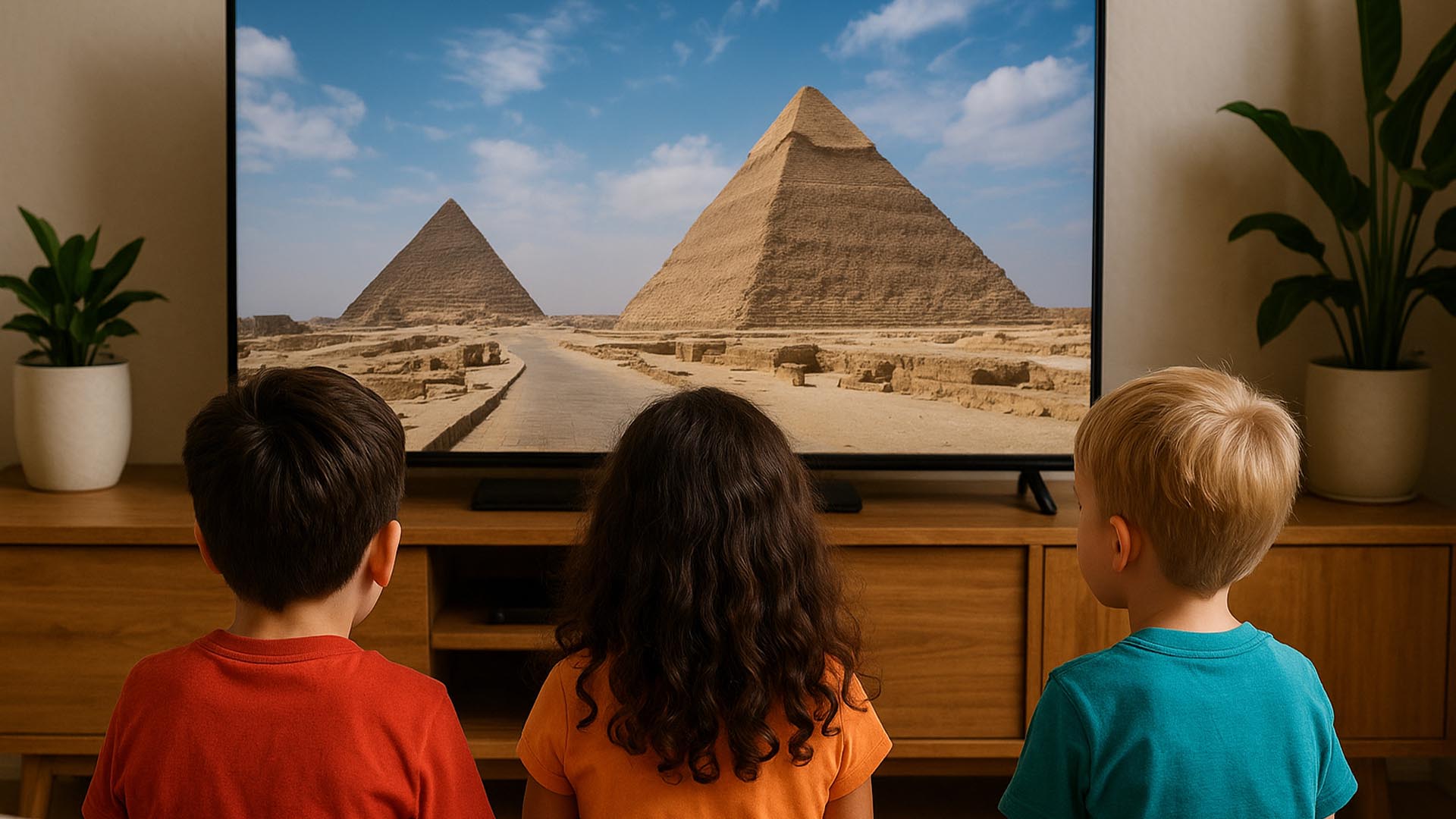Imagine exploring the Amazon Rainforest, walking through the halls of the Smithsonian, or even venturing into space, all without leaving your home. This incredible possibility is now a reality thanks to virtual field trips.
These immersive online experiences are revolutionizing how children learn, offering unparalleled access to diverse locations, cultures, and educational content.
In an increasingly digital world, virtual field trips provide a powerful tool for sparking curiosity, broadening horizons, and making learning an exciting adventure for every child.
Why Virtual Field Trips Are a Game-Changer for Education
Virtual field trips offer a multitude of benefits that enhance traditional learning methods. One of the most significant advantages is unprecedented accessibility. They allow students to visit places that would otherwise be impossible due to geographical, financial, or physical limitations [1].
This opens up a world of learning opportunities for all children, regardless of their circumstances. For instance, students can explore the inner workings of a volcano, witness wildlife in distant habitats, or tour historical landmarks from across the globe [1].
Beyond accessibility, virtual field trips significantly boost engagement and motivation. By providing fresh content and real-world examples, these experiences make abstract concepts tangible and relatable [2].
They encourage critical thinking, offering tools for modeling, visualization, and simulation [3]. Students can actively participate in discussions, analyze data, and explore complex topics in an interactive environment. This immersive approach helps to deepen understanding and make learning more memorable.
Virtual field trips also offer diverse educational content, covering subjects from STEM (Science, Technology, Engineering, and Mathematics) to arts and literature. Children can engage with virtual performances, conduct science experiments, visit aquariums, zoos, and art museums, or even embark on virtual expeditions to other planets [4, 5].
These experiences provide valuable opportunities for exploration, discovery, and first-hand learning, enriching the curriculum in dynamic ways [6].
Making the Most of Virtual Adventures at Home
To maximize the educational impact of virtual field trips, parents can take a few simple steps:
- Choose Age-Appropriate and Engaging Content: Look for virtual tours and experiences that align with your child’s interests and developmental stage. Many reputable organizations, such as National Geographic, the Smithsonian, NASA, and various museums, offer free and high-quality virtual content [7].
- Prepare and Discuss: Before embarking on a virtual trip, discuss what your child expects to see or learn. Afterwards, engage in conversations about their observations, new discoveries, and any questions that arose. This helps solidify their learning and encourages deeper reflection.
- Integrate with Other Learning Activities: Connect the virtual field trip to books, documentaries, or hands-on projects. For example, after a virtual tour of a historical site, read a book about that period or create a related craft. This multi-sensory approach reinforces learning.
- Encourage Interaction: If the virtual experience offers interactive elements, encourage your child to participate fully. Some platforms provide quizzes, guided activities, or opportunities for virtual exploration that can enhance engagement.
- Explore Together: Make virtual field trips a family activity. Sharing the experience can lead to meaningful conversations and create lasting memories, fostering a shared love for learning and exploration.
Q&A for Parents
Q1: Where can I find reliable virtual field trips for my child?
A1: Many reputable institutions offer free virtual field trips. Look for resources from organizations like National Geographic, the Smithsonian Institution, NASA, and major museums. Websites like Discovery Education and Freedom Homeschooling also compile lists of educational virtual tours.
Q2: How can virtual field trips support my child’s school curriculum?
A2: Virtual field trips can complement classroom learning by providing visual context, real-world examples, and immersive experiences that reinforce concepts taught in school. They can be particularly effective for subjects like history, science, geography, and art, bringing lessons to life in a dynamic way.
Q3: Are virtual field trips as good as in-person ones?
A3: While virtual field trips cannot fully replicate the sensory and social aspects of an in-person experience, they offer unique advantages such as accessibility, cost-effectiveness, and the ability to visit locations that would otherwise be impossible. They serve as an excellent supplement and, in many cases, a valuable alternative to traditional field trips.
Sources
[1] https://professionallearningboard.com/virtual-field-trips/
[2] https://banyangloballearning.com/2022/08/08/10-reasons-why-virtual-field-trips-benefit-students/
[3] https://www.readingrockets.org/topics/content-area-literacy/articles/virtual-field-trips
[4] https://fieldtripdirectory.com/category/destinations/virtual-field-trips/
[5] https://freedomhomeschooling.com/virtual-field-trips/
[6] https://pmc.ncbi.nlm.nih.gov/articles/PMC9023331/
[7] https://www.create-learn.us/blog/popular-kids-education-trends/








0 Comments